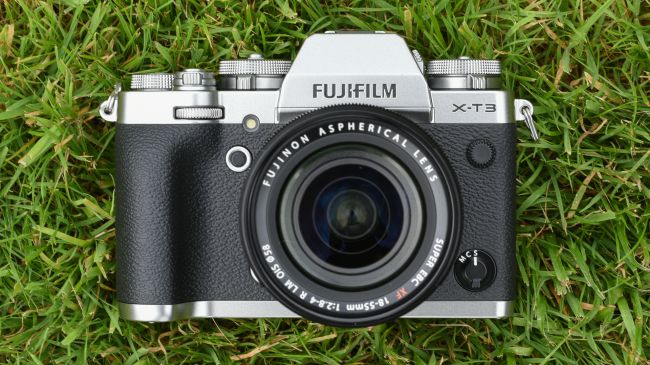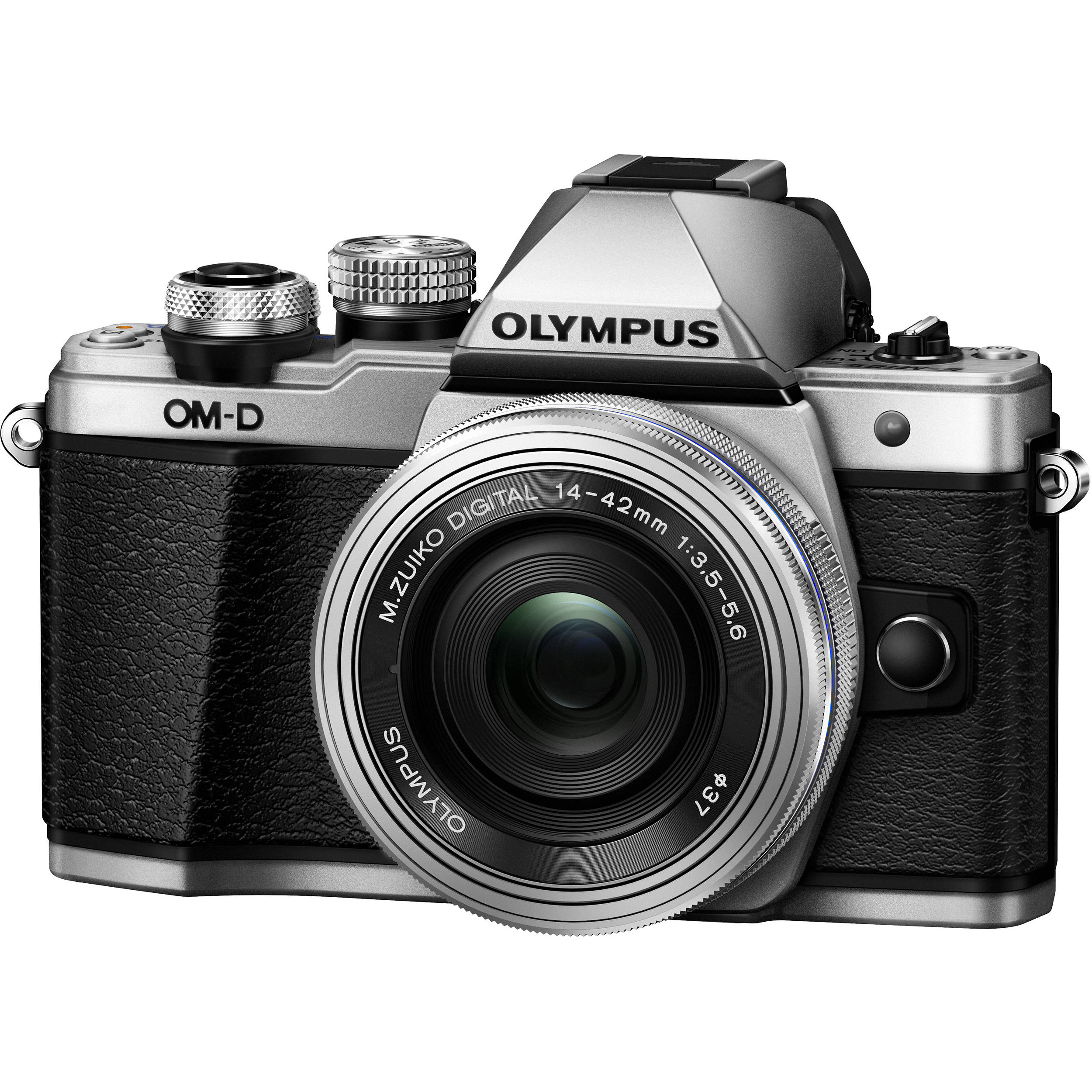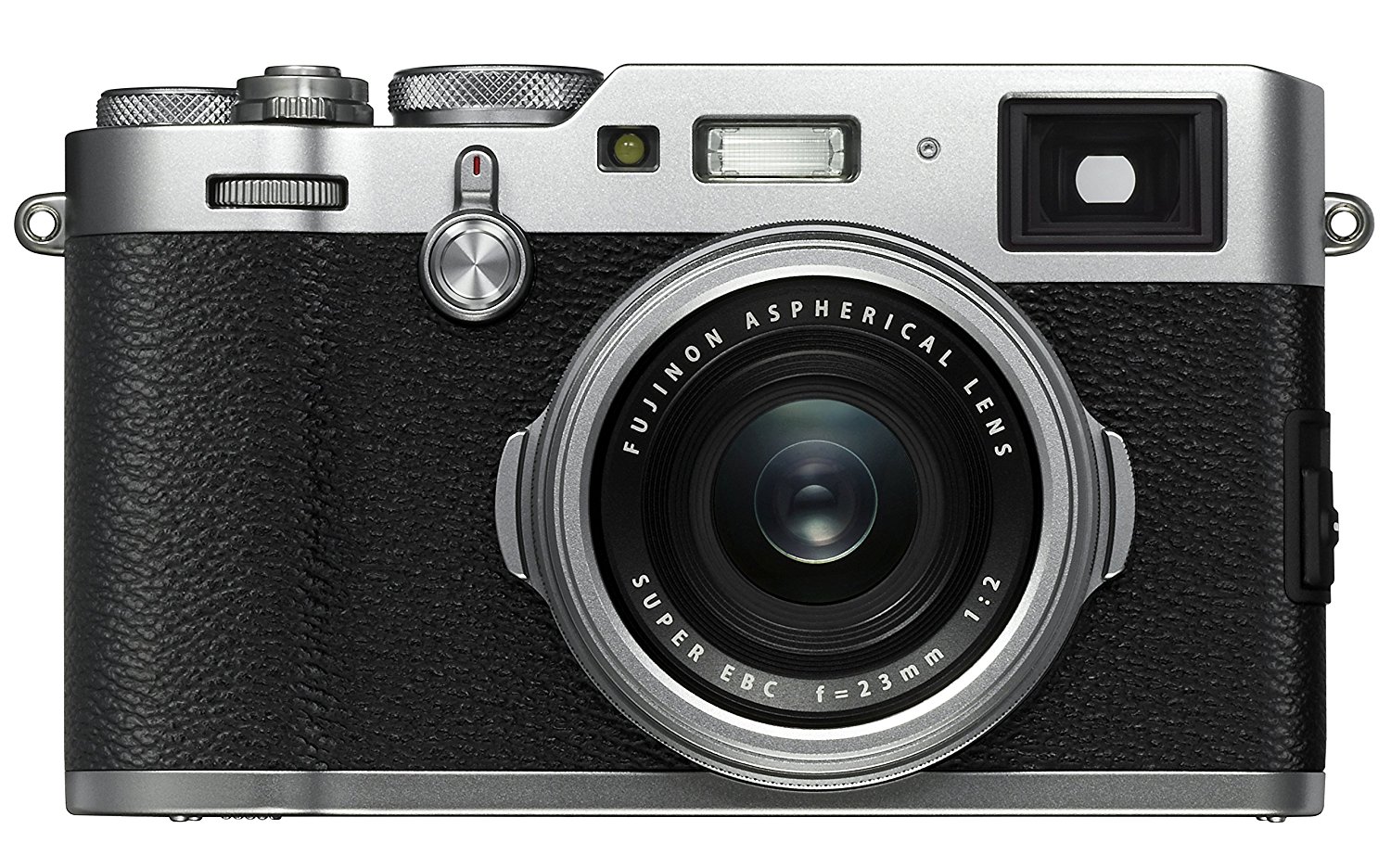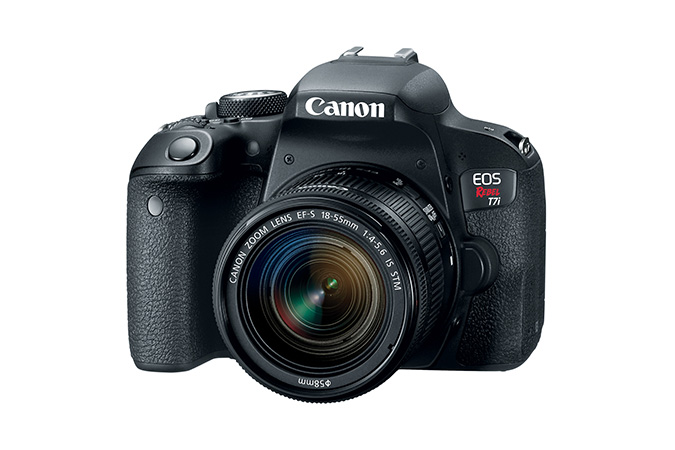The best digital cameras in 2019
Okay, we admit it – it's an impossible question. The best camera for a pro photographer is a million miles from the best camera for an adventure sports nut. So what we've done is pick out what we think are the standout cameras in their fields. This may be because they have the most amazing features and specifications, because they're amazing value for what they offer or because they are just brilliant at the job they've been designed for.
Along the way we'll explain some of the jargon and the differences between cameras, though if you need a bit more help deciding what kind of camera you need, you can get a lot more information from our special step-by-step guide: What camera should I buy?
On the other hand, you may already have a clear idea of the kind of camera you want, in which case you could go straight to one of our more specific camera buying guides:
- Best compact camera
- Best travel camera
- Best DSLR
- Best DSLR for beginners
- Best full-frame DSLR
- Best CSC/mirrorless camera
- Best waterproof camera
If you just want to know what we think are the top ten standout cameras you can buy right now – regardless of user level or price point – then keep on reading.
All these are cameras have been extensively tried and tested by ourselves, so if you want to know any more about any of them as well as check out sample images, just click the link to the full review.

It may be expensive, but if you're looking for the best camera money can buy right now, then Nikon's fabulous D850 DSLR pretty much ticks every box. Packing in a brilliant 45.4MP full-frame sensor, image quality is stunning. But that's just half the story. Thanks to a sophisticated 153-point AF system and 9fps burst shooting speed, the D850 is just a home shooting action and wildlife as it is landscapes and portraits. The Nikon D850 is perhaps the most well-rounded camera we've ever tested.
Read our in-depth Nikon D850 review

The X-T2's was one of the highlights of this list, and Fujifilm is keeping the line strong with the X-T3. A number of changes render this a far more powerful camera than its predecessor. It might be a tad small while handling, and coloured fringes still appear on the edges of certain subjects- an issue from the X-T1 that Fujisilm appears not to have resolved yet. Nevertheless, it has a touchscreen, which was missing in the X-T2, and noise and exposure are well under control. The new sensor captures very good detail when paired with a good lens, and video quality remains as strong is in the older models.
The X-T3 is a worthy successor to the much-loved X-T2, and definitely worth a gander.
Read the full review: Fujifilm X-T3 review

Once, if you wanted a professional quality full frame camera it had to be a Nikon or Canon DSLR. Sony's growing range of mirrorless full-frame cameras offer a great alternative. With the Alpha A7R III, Sony has taken one of our favorite mirrorless cameras and bolstered the performance to make it one of the most complete and versatile cameras available today. With a brilliant full-frame 42.2MP sensor that's supported by and advanced AF system and 10fps burst shooting, you no longer have to sacrifice performance for resolution or vice versa.
Read our in-depth Sony Alpha A7R III review

The D3400 is cheap as chips, has one of the sharpest APS-C sensors there is and a neat retracting kit lens. It's proof that you don't have to pay a fortune to get a great camera, and we say its sheer value for money makes it just as impressive as much more advanced (and much more expensive) alternatives. Sharing pretty much the same design and specification as its predecessor, the D3400 adds Nikon's SnapBridge bluetooth connectivity to transfer images directly to your smart device to make it that much easier to share images.
It has a great 24MP sensor and although the controls are designed to be simple for novices, in the right hands the little D3400 is a match for cameras costing far more. A great DSLR for the first-time user.

We loved the original E-M10 and the succeeding Mark II for their size, versatility and value for money, and the E-M10 Mark III is a minor but significant update to the series. The continuous shooting speed remains an impressive 8.6fps, and the Mark III has Olympus' latest TruePic VII image processing engine. With a 5-axis image stabilization system, a great electronic viewfinder, an impressive 8.6fps burst shooting speed and 4K + FHD video, this is no toy – the E-M10 Mark III is a properly powerful camera.
Read our in-depth: Olympus OM-D E-M10 Mark III review

The X100F is a thing of beauty both to look and and to use, but it's not for everyone. It's a relatively large, retro-styled compact camera with a fixed focal length 35mm equivalent f/2.0 lens, and designed for photographers who hanker after the weighty feel and manual external controls of traditional 35mm film rangefinder cameras. It's a relatively specialised camera and most owners are likely to have other cameras too. It may be a touch pricey, but there's nothing quite like it – it's an exquisite camera to look at and to shoot with.
Read the full review: Fujifilm X100F

The Sony Alpha A9 is every bit as impressive as its rivals- the Alpha A7R II and the Canon 1D X Mark II. It shoots at a blistering 20fps for 241 raw files or 362 JPEG images, thanks to the stacked design of the 24.2MP full-frame CMOS sensor. The stacked design is also behind the super-fast AF and tracking.
The high-luminance Quad-VGA OLED Tru-Finder viewfinder has no blackout, thanks to the electronic shutter. However, the camera isn't without its faults: the weather-proofing may not be on par with its rivals, and the lack of XQD card slots and limited touchscreen control are pretty disappointing. There is also limited lens support.
But the Alpha A9 is a truly excellent camera, well worth the price.
Read the full review: Sony Alpha A9 review

This is a 'bridge' camera, a type of camera that we don't normally like very much because the ultra-zoom design forces the makers to use titchy 1/2.3-inch sensors the same size as those in point-and-shoot cameras. You get the look and feel of a DSLR, but you certainly don't get the image quality. But the Panasonic Lumix FZ2000 (known as the FZ2500 in the US) is different. It sacrifices a huge zoom range in favour of a much larger 1.0-inch sensor - a compromise most serious photographers will applaud.
While the zoom tops out at 480mm equivalent, which is relatively short for a bridge camera, that's still plenty for all but the most extreme everyday use. We'd certainly sacrifice a little for of zoom range for better and faster optics. We love the FZ2000 because it delivers both image quality and zoom range, while also offering full manual and semi-manual controls, the ability to shoot raw files and 4K video.
Read the full review: Panasonic Lumix FZ2000 / FZ2500

Panasonic has managed to squeeze a much larger sensor into the ZS100. This enables the pixels to be about 2.4x bigger than they are in other models and this helps the ZS100 produce much higher quality images. The zoom lens isn't quite so extensive though, but you still get an electronic viewfinder that makes it easier to compose images in bright sunny conditions and in addition to 4K video recording, there's Panasonic's 4K Photo mode to help capture 8MP images of fleeting moments. It all adds up to be a powerful compact camera.
Contributer : Techradar - All the latest technology news https://ift.tt/2CedCij

 Reviewed by mimisabreena
on
Monday, March 11, 2019
Rating:
Reviewed by mimisabreena
on
Monday, March 11, 2019
Rating:














No comments:
Post a Comment